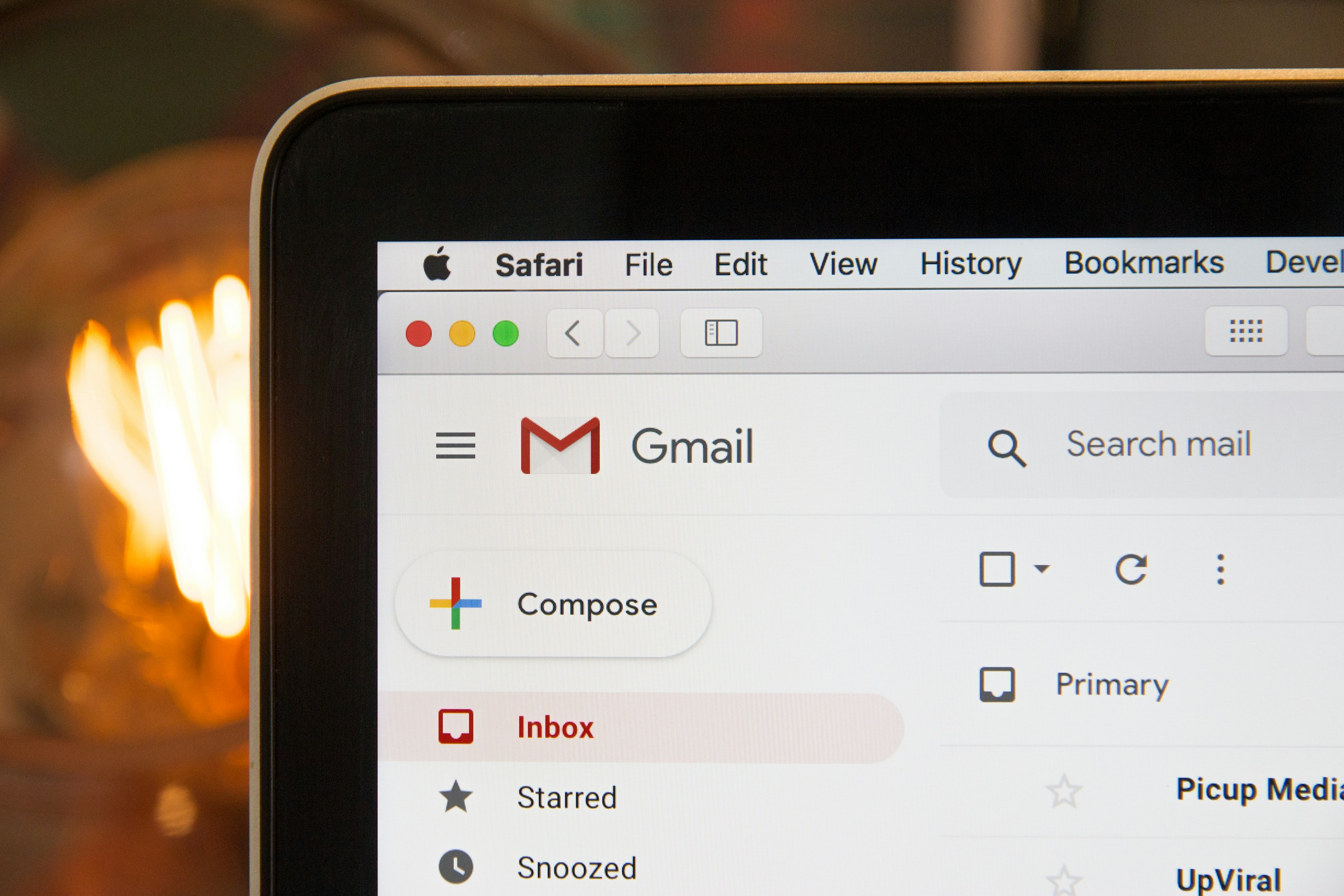- Introduction
Phishing is a cyberattack mainly used to steal information from unsuspecting victims. The hackers will take on the identity of a famous online brand used by the victim and send an email with an incentive to make the unsuspecting victim want to open the email. Usually, these emails are not the same as malware spam since they do not require the victim to download any file locally on their device. The safety feeling that phishing emails give to their readers also makes them more likely to click on the links in the email and take on other actions that might place them in even graver danger. Information theft online can take on the form of a disguise. For phishing attacks, a reverse form of defacing happens where the hacker designs a website that looks like the genuine website for the company mentioned in the email. If it is a website where the user is required to log in with their credentials to gain access to the services provided by the company, the inputs will be very similar to the ones on the actual login pages used on the websites.
Consider this; a bank email arrives in your inbox asking you to update your details on their website. It has a pretty convincing logo, and everything about the email seems fine. A link in the body of the email will allow you to go to the website and verify to gain access. The website opens up and looks just the usual login page you are used to. There is an entry for a username and a password waiting to be filled in. You type in your usual credentials and are immediately directed to your banking website. Everything is fine, and no notifications are waiting to be attended to. You check your balance, and it is what you left it at, so for the moment, you don’t pay much attention or even worry about the email you received. However, you try paying for a drink in the evening, and your card gets declined owing to insufficient funds. Our dear hacker has cleaned you out in just ten hours. The username and password you entered were cloned before being used to access the banking website, where your login attempt was automated and successful. At this moment, the hacker already has the information they need to log in later and cause all the havoc and mayhem they want with your bank account and digital fiscal information. You cannot pay for your drink and get beaten up by the burly guards and thrown out of the pub. The hacker has your money and no marks to show for it. Unfortunate, right?
All this is a form of cyber theft or digital fraud known as phishing attacks, and spam usually catches most of the massive phishing attempts that fail to take place on the internet daily. If phishing email gets into your inbox, it can have massive implications for your digital security and well-being. Phishing attacks are only sometimes successful most of the time since banks and other secure websites have started implementing multi-factor authentication for access to their services. This way, the hackers will find your validation information utterly useless since they do not have a means of accessing the other modes of authentication that you have in place. Biometrics are also making information security less of a concern. With the power of artificial intelligence, this is expected to get even more efficient at keeping our digital lives safe. However, phishing can still be managed. If you are aware and conscious of your safety online, you can easily detect and stop such digital attacks before they escalate.
- Phishing
One factor that makes phishing so hard to detect is that most people do not even check the lock icon on their browser bar when they visit a website on the internet. As such, they do not notice the moment they are on an unsafe website impersonating a legitimate business or service provider on the world wide web. The lack of https at the start of the website address should alert you that you are not on a secure session with your bank or the website that phishing individuals have impersonated. The website should also be off by several design factors, as most hackers often hurry to get the impression done. As such, they will not get down to the minute details that can make a massive difference in the effectiveness of their attack.
- Safeguards
Enforcing tighter security protocols for your web browser is key to making phishing less of a digital concern. It enables you to use only https for all your websites. As such, you will have added a layer of encryption atop your usual browsing, improving digital security and safety while browsing such suspicious websites. Using or starting to accept multi-factor authentication for the websites you log in to regularly will also be recommended to improve your ability to stay safe from phishing attacks. Firewalls and antivirus applications have also been known to enable you to stay safe from phishing. They scan the links and attachments in your emails to ensure that you are not getting spammed by hackers on a phishing attack aimed at any identity they can identify as having security weaknesses. They also alert you when there is malware ahead and whenever the clicks you click redirect you to suspicious websites that might be the work of hackers in some deep dark corner of the web. A website like Chrome from Google has these features and gives you a much safer web browsing experience. The browser warns you when the website you visit has less-than-ideal digital safety measures and lets you get back to safety or proceed if you believe you are visiting a safe website.
- Conclusion
Phishing attacks are digital attacks that are often hard to detect or defend against. They are presented in a manner that is hard to tell apart from your average internet activity. You might not even be aware that you are the victim of such an attack until your information has been misused. Securing yourself against these attacks requires better browser configurations to be more restrictive in what measures and protocols to use for filtering websites visited based on their security potential and ability. Being more aware of the locked icon on your address bar can also help make phishing websites more evident and easier to recognize.

